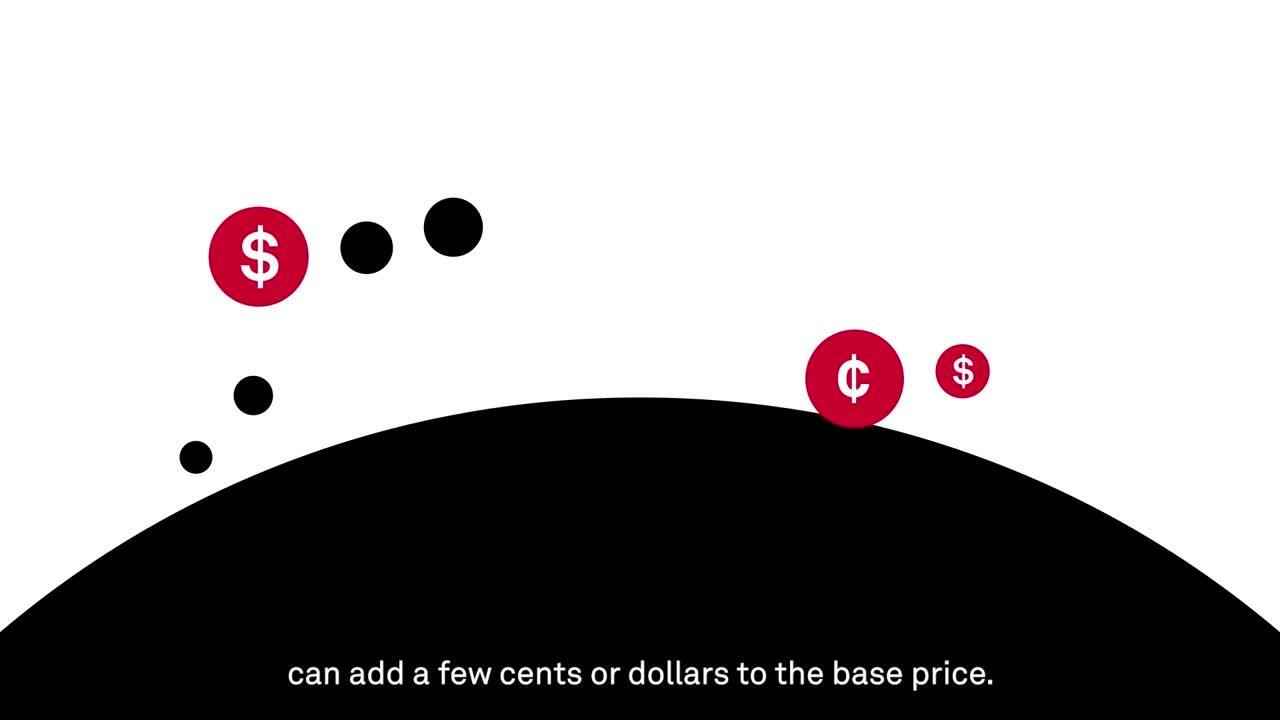How do different characteristics of carbon projects combine to determine the price of a voluntary carbon credit? The third video in this series on the Voluntary Carbon Market takes a closer look at pricing structure.
Learn more about Platts carbon price assessments and indices, daily news and market commentary, from S&P Global Commodity Insights.
Watch more videos in this series:
What is the Voluntary Carbon Market?
What determines the price of a carbon credit?
The pricing structure of a voluntary carbon credit is a little like a series of building blocks.
Think of the underlying type of carbon project as the base block.
For example, renewable credits trade in a similar price range across the globe. And so do REDD+ or cookstove credits.
Market participants add more pricing blocks to this base, depending on the attributes held by the credit.
A recent vintage, which is associated with a more current climate action, can add a few cents or dollars to the base price.
A specific certification -- which may be associated with higher integrity -- can contribute an additional dollar or more.
Geographical locations add premiums or discounts. A forestry credit issued in China, for example, may price at a discount to a credit from Indonesia because of larger available supply and because of limitations to satellite imagery to track the health of the forestry project.
Credits from the UN Least Developed Countries typically carry premiums because they often have stronger social action objectives, in addition to the carbon component.
Compliance of a credit with Article 6 of the Paris Agreement is also likely to carry a premium once these credits are issued and begin trading.

